Airing
The easiest and most obvious way to eliminate paint odors is to ventilate the room. This item is mandatory and it is advisable to open the windows even before starting work with paints and varnishes: this way the unpleasant aroma will not be so strong.
Airing will help to quickly get rid of the unpleasant odor only if the following conditions are met:
- low humidity;
- warm weather;
- high-quality ventilation.
The first two points are responsible for the rapid drying of the coating and the evaporation of solvents (the main components are "smelly"). Ventilation helps evacuate fumes from the room and replaces the paint scent with fresh air.
The windows are kept open for 12-24 hours (for water formulations), 2-3 days for oil formulations.
Advice! To remove paint odors faster, place a fan by an open window and point it outside.
Air humidification
All tips on how to get rid of paint smell with water are based on the natural properties of this liquid. Water is an excellent absorbent that literally attracts smelling molecules from the air.
Containers with water
The simplest remedy is vessels with wide necks (buckets, basins, pots) placed around the house, filled with water. Leave for 12-24 hours, then discard and replace the water. Most likely, the manipulation will have to be repeated a couple of times.
Wet cloth
If there are children or animals in the house that can accidentally knock over the buckets, use wet textiles (sheets, towels, etc.) - they absorb odors as well as liquid. They should be spread out or hung around the room, from time to time moistened with water over a new one. After removing the unpleasant odor, wash the rags with fabric softener.
Wet cleaning
The last method from the category is no longer passive, it will require physical strength and time: but it is considered more effective and faster in comparison with the previous ones.
Since solvents in paints are volatile, during evaporation they settle on all surfaces: floor, ceiling, furniture. And, of course, they remain on the painted walls. Washing off these molecules will automatically reduce the odor concentration.
General cleaning begins with wiping the cabinet furniture. To do this, make a solution of water with mustard, vinegar or ammonia. Any of the additives is combined in 1 tablespoon with 5 liters of pure water.
Curtains, blankets, pillows that were in the room must be washed. If there is a smell of upholstered furniture or carpet, call specialists who can neutralize the aroma without harming the products.
Coffee beans
Coffee is a well-known natural sorbent that not only absorbs foreign odors, but also has a pleasant invigorating aroma.
For work, take any cheap natural (preferably grain) coffee, grind it and sprinkle it on trays, plates or any other flat surfaces in a thin layer. Place in a problem area, close the door, wait 16-20 hours (you can leave it overnight). During this time, coffee should not only absorb the paint, but mask it.
Important! After finishing the cleaning, the coffee must be thrown away, drinking it is unhealthy.
Coal
The method with charcoal is exactly the same as the previous one, only unlike coffee, charcoal does not smell, but it has excellent absorbent properties.
Coal is crushed, poured into trays, placed around the room. If necessary, the filler is changed to fresh one every 12 hours. The used coal is discarded.
Silica gel filler
If a cat lives in the house, use silica gel litter for her litter box to remove paint odors. This is a proven liquidator of odors and excess moisture, so in this case you can trust the professionals and not do anything yourself.
Just pour the pellets into trays, leave indoors. The filler does not need to be changed or renewed - usually one filling is enough to combat paint odor.
Odor absorber
We have already written a partial list of absorbers: water, coffee, coal, silica gel. Of the adsorbents that are found in almost every home, you can try soda, onions or lemon. Soda is simply scattered like coffee, cut onion and lemon, laying out the pieces in the areas of painting.
Advice! Citrus fruits can also be used with water - cut into wedges, add to containers, place in the room.
You can also find professional neutralizers on sale; they are often used in refrigerators. Available in the form of sprays, gel flavors, powders, sachets, wipes.
Another option is an ozonizer, this device is designed specifically to remove harmful volatile compounds (benzene, toluene, formaldehyde) from the air.
Ionizer
One of the expensive, but working tools - an ionizer - will serve for a long time after the repair is completed. An increase in the concentration of air ions has a beneficial effect on the body: it improves sleep, speeds up metabolism, and helps to normalize the nervous system. Also, negatively charged ions attract harmful substances: including allergens or solvent molecules. This property will help get rid of unpleasant odors.
Ionizers are sold separately or built into breathers, purifiers, air conditioners.
Smell masking
If there is no time to eliminate the consequences of using paint, the smell can not be removed, but temporarily interrupted.
Candles
Both simple and aromatic are suitable, because the main thing in them is the flame. An open fire burns solvent vapors - therefore, initially the smell will intensify, but if you open the window, it will quickly disappear.
Essential oils
To avoid experimenting with candle flame, use bottles of oil extracts. Choose strong but pleasant aromas: vanilla, citrus, mint. Put a few drops on cotton balls or add to water - this way the smell of the paint will not only be masked, but also absorbed.
Perfume
When the guests are already on the doorstep and there is no time to burn candles or look for oil, sprinkle your own or special home perfume in the apartment. But do not overdo it: being in a room with a strong scent, even if it is a good perfume, is uncomfortable.
How to prevent odors?
No matter how effective the methods of dealing with odors are, it is always safer to prevent the appearance of an unpleasant odor. For this:
- Choose paintwork materials with a working expiration date and a "odorless" mark. Usually these are water-based mixtures.
- Work in a well-ventilated area, even if the paint doesn't smell.
- Do not use thinners or solvents such as white spirit.
- Remove furniture and textiles from the room before starting work. Upholstered furniture can be tightly closed with polyethylene.
If the smell still remains in the apartment, do not delay removing it.Use one or several of the methods listed above.

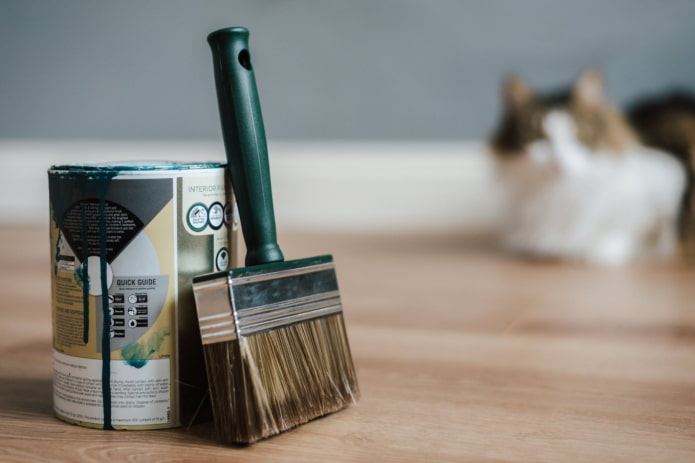
 10 practical tips for arranging a small kitchen in the country
10 practical tips for arranging a small kitchen in the country
 12 simple ideas for a small garden that will make it visually spacious
12 simple ideas for a small garden that will make it visually spacious
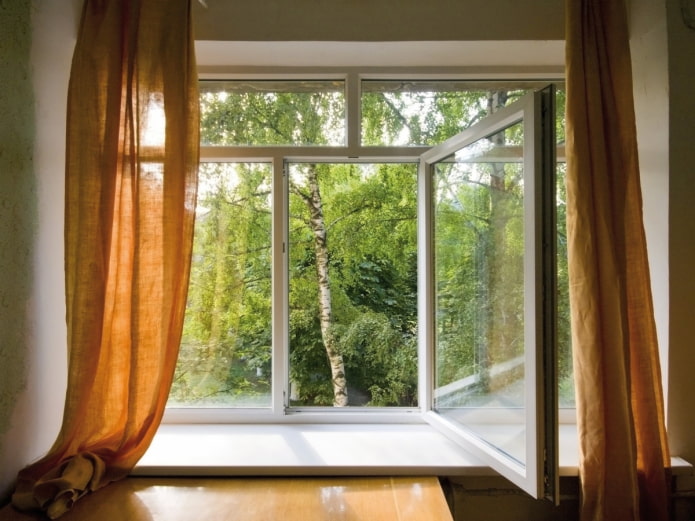
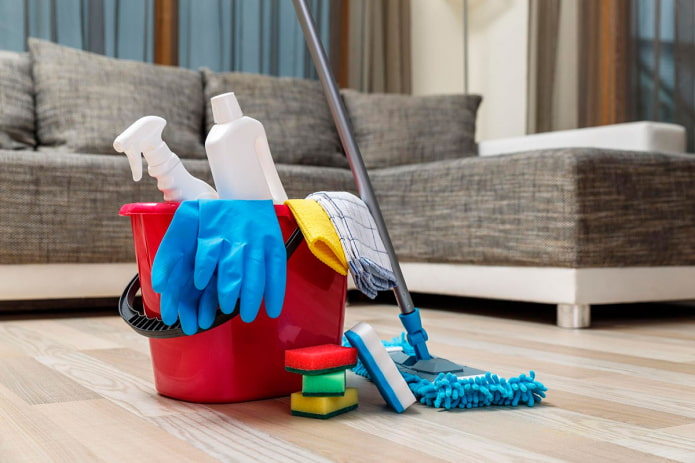
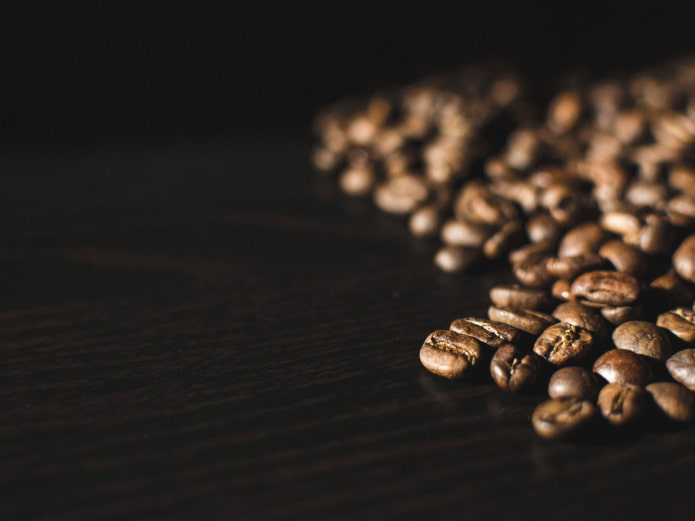
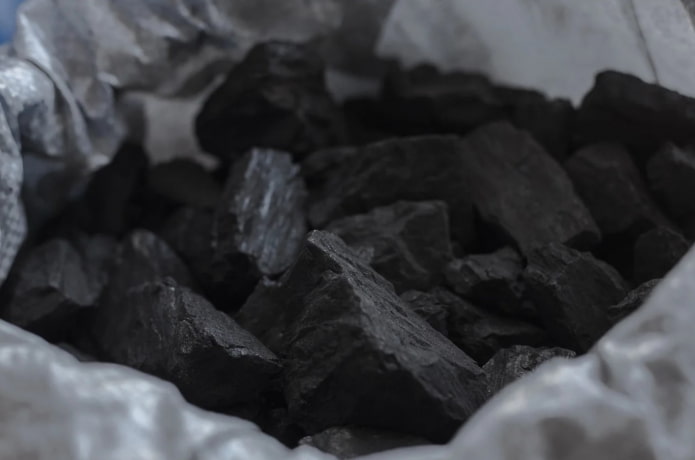
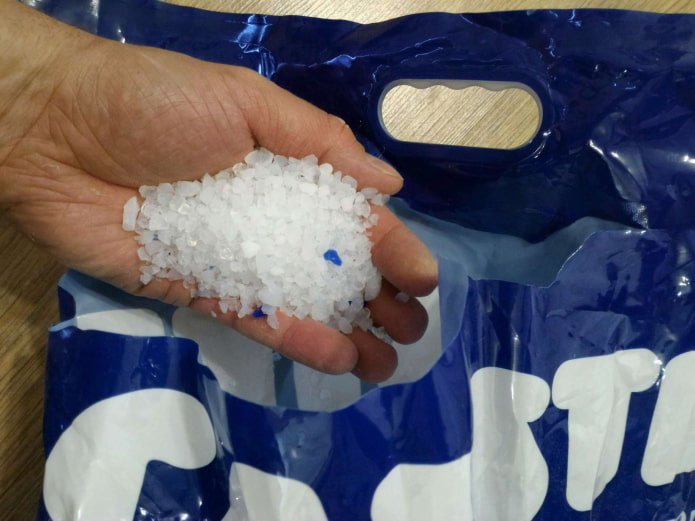


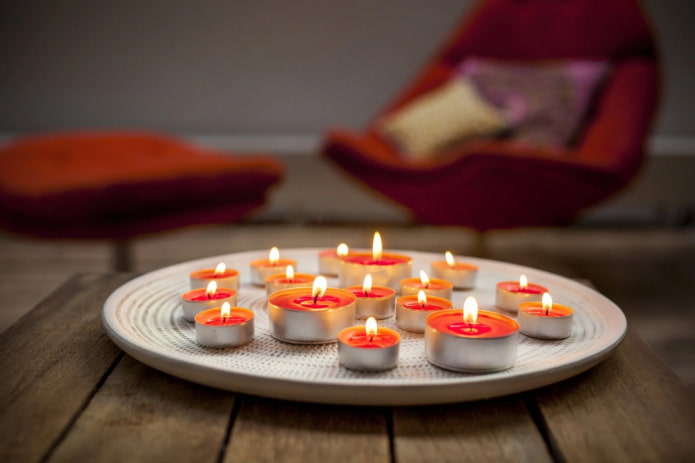
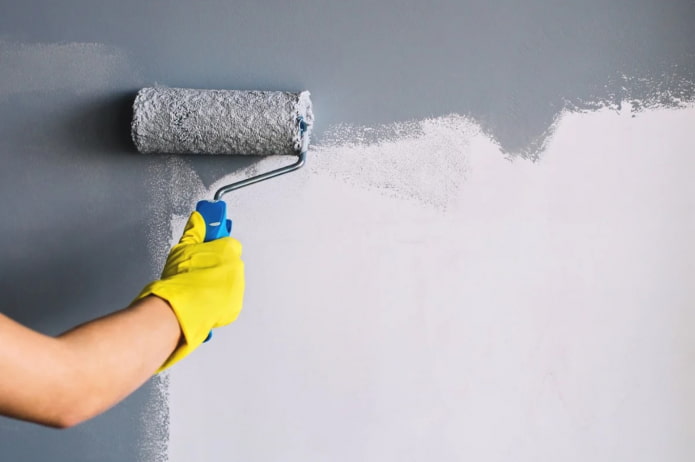
 What is better not to do it yourself during the repair?
What is better not to do it yourself during the repair? Bloated linoleum: how to fix it without disassembly
Bloated linoleum: how to fix it without disassembly The worst decisions in apartment renovation
The worst decisions in apartment renovation  Installation of ceiling tiles: choice of materials, preparation, order of work
Installation of ceiling tiles: choice of materials, preparation, order of work How to glue a ceiling plinth to a stretch ceiling?
How to glue a ceiling plinth to a stretch ceiling? Ceiling plinth for stretch ceiling: types, recommendations for selection
Ceiling plinth for stretch ceiling: types, recommendations for selection